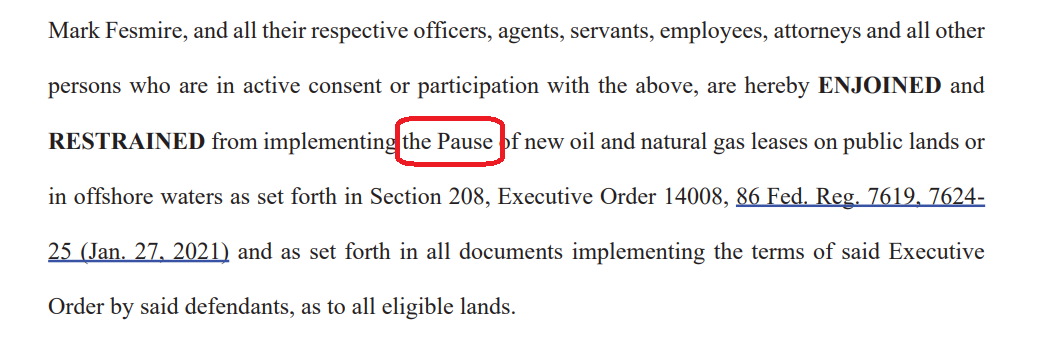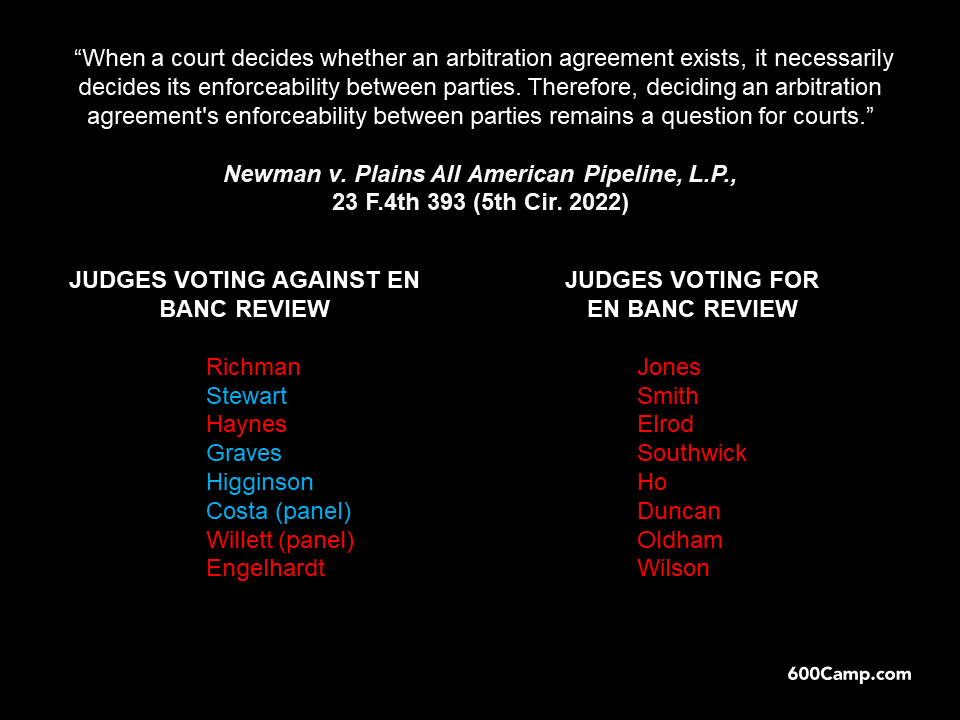A long-running trademark dispute involving a New Orleans dining treasure, the Camellia Grill, came to an end in Uptown Grill, LLC v. Cameilla Grill Holdings, Inc. Among other holdings, the Fifth Circuit held that the following permanent injunction about trade dress was not an abuse of discretion “where the district court adhered to our recitation of … eight elements [in a prior opinion in the case], albeit adding the less precise language ‘all or most.'” The Court distinguished “other cases in which injunctions referencing trade dress have been reversed for vagueness, [because] the injunction set forth by the district court here has much more detail than a general prohibition from employing ‘confusingly similar’ trade dress.”
In crafting this injunction, the Court looks specifically to the definition of “trade dress” utilized by the Fifth Circuit in its May 29, 2019 opinion. “Trade dress” is defined as “the total image and overall appearance of a product [that] may include features such as the size, shape, color, color combinations, textures, graphics, and even sales techniques that characterize a particular product.” The alleged elements of trade dress include: (1) the pink and green interior paint scheme, (2) the “U-Shaped” double horseshoe counter design, (3) the stainless steel stemmed stools with green stool cushions, (4) the fluted metal design under the customer side of the counter and above the cooking line, (5) the visible pie cases attached to the rear wall at both ends of the cooking line, (6) the “straw popping” routine, (7) audible order calling routine, and (8) the individual counter checks handed to each customer. The enjoined parties’ utilization of all or most of the above Camellia Grill trade dress elements at any single location will constitute a violation of this injunction.
No. 21-30639 (Aug. 23, 2022).








